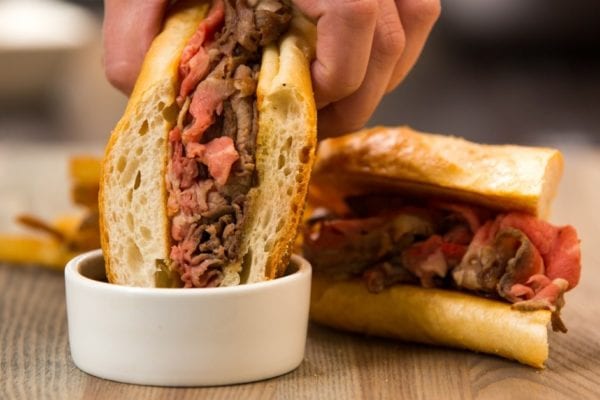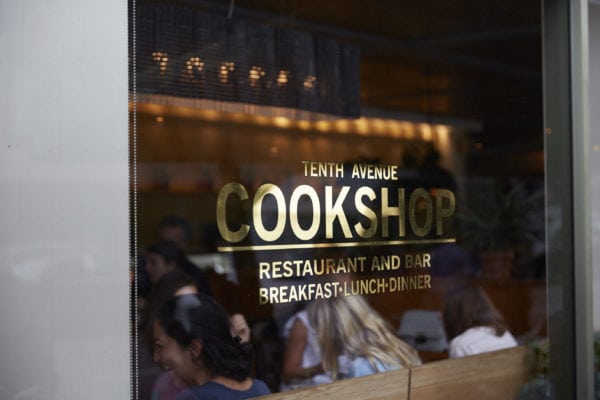Skift Take
Romaine will bounce back – who doesn't love a Caesar – but there are more greens out there for restaurants than just one.
— Jason Clampet
The romaine scare might be basically over, but things are hardly back to normal for salad lovers.
Prices for iceberg, green leaf and other types of lettuce are soaring as demand surged in the wake of the romaine recall. A carton of iceberg lettuce at wholesale markets in California fetched as much as $60 this week, U.S. government data show. That’s up from as low as $24 on Nov. 19, the day before the Centers for Disease Control and Prevention issued a warning to consumers about romaine.
The same holds true for other salad staples: the price of Boston lettuce surged 175 percent, while green leaf lettuce gained 160 percent, according to U.S. Department of Agriculture data. Even kale, a member of the same family as cabbage, was not immune, rising to as much as $16 a carton from a low of $12.
“It’s uncertain how long it will last,” said Trevor Suslow, the vice president of food safety for the Produce Marketing Association, referring to the price spike. “I would imagine it will stay high for a while because of the understandable disruption.”
Retailers and restaurants pulled romaine lettuce from shelves in November out of fear it might be contaminated with Shiga toxin-producing E. coli bacteria. Other types of leafy greens, including head lettuce, are filling the void left by romaine as the market adjusts following the recall, Suslow said. Data from previous foodborne outbreaks have shown that it sometimes takes years to get back to the previous level of demand for an item involved in a recall, he said.
Romaine sales in the U.S. totaled $7.5 million in the week ended Nov. 24, down 38 percent from the previous week, according to data from Nielsen.
©2018 Bloomberg L.P.
This article was written by Jen Skerritt from Bloomberg and was legally licensed through the NewsCred publisher network. Please direct all licensing questions to [email protected].
![]()




